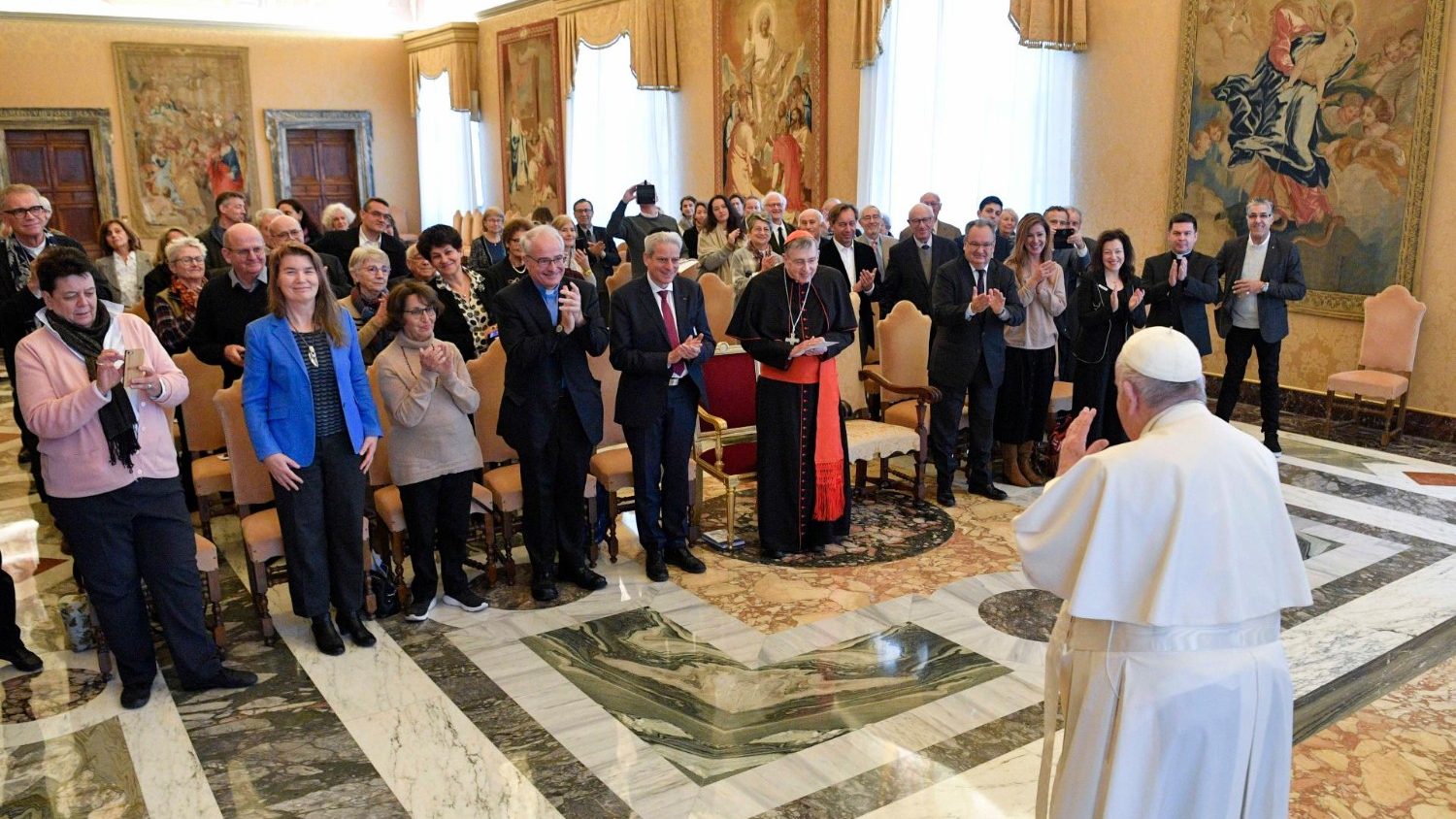Announcement of “Social Trends in Korea” by the National Bureau of Statistics
When multihomed people increase their assets by 43% in 3 years
Only 18% increase in jeonse households and monthly rent
Satisfaction for childless elderly couples is high
“I don’t have to worry about Twilight’s parents and kangaroo babies”
Postponement of graduation due to occupational cold wave 43.6%↑
Property prices have skyrocketed over the past five years, widening the wealth gap between the homeless and those with multiple homes by up to 20 times. 90% of household assets consisted of real estate.
The happiness index ranked 59th in the world, below average. The life satisfaction of elderly couples living alone without having children or who have children was found to be higher than those living with children. The fact that the job market for liberal arts students has become tougher than for science students has also become an aspect of the job market created by Corona 19.
On the 13th, the National Bureau of Statistics released “Social Trends in Korea 2022”, which analyzed changes in 12 areas of our society, including population, family, education, work, property and leisure.
Last year, the net worth of multifamily households increased by 43.4% in the three years since 2018. Over the same period, the wealth of non-rental households increased by just 18.0%. The gap between multi-family households and non-housing households increased from 15.6 times in 2018 to 19 times last year.
Over the same period, the net wealth gap between single-family households and homeless households increased from 6.2-fold to 6.6-fold. The income gap between the top 10% (KRW 154.65 million) and the bottom 10% (KRW 6.81 million) reached 22.7 times.
In the survey on life satisfaction for elderly families, the percentage of “satisfied” answers was 52.9% for married elderly couples, 47.3% for families with children and 42.6% for elderly families living alone. It is analyzed that the reason older couples have a high quality of life is that they can get through their old age without the stress of raising children at sunset and the stress of having children from the “kangaroo tribe”, who depend on their parents economic power until old age.
Among households of elderly couples, the percentage of respondents who answered that they “rely on their children for living expenses in old age” has decreased by less than half in the last 9 years, from 10.2% in 2011 to 4 .2% in 2020.
The happiness index of Koreans (out of 10) was only 59th in the world with an average of 5.94 over the past three years. Finland ranked first (7.82 points), the United States 16th (6.98 points) and Japan 54th (6.04 points), more than Korea. Since the spread of Corona 19, the rate of leave of university students has soared. The percentage of students taking leave at Seoul National University, Yonsei University and Korea University increased by up to 2.6 percentage points compared to 2019. It is analyzed that this is due to the fact that the number of university students taking and want to take a second course is on the rise because they cannot enjoy university life adequately.
The number of college students who deferred graduating (earning a bachelor’s degree) increased by 43.6 percent as the labor market of large companies tightened. Notably, science and engineering graduates were not significantly affected by employment, but the employment rate of humanities and social sciences graduates fell by 6.1 percentage points in 2020 and has not returned to the pre-COVID situation. 19 last year.
Reporter Sejong Lee Young-joon



